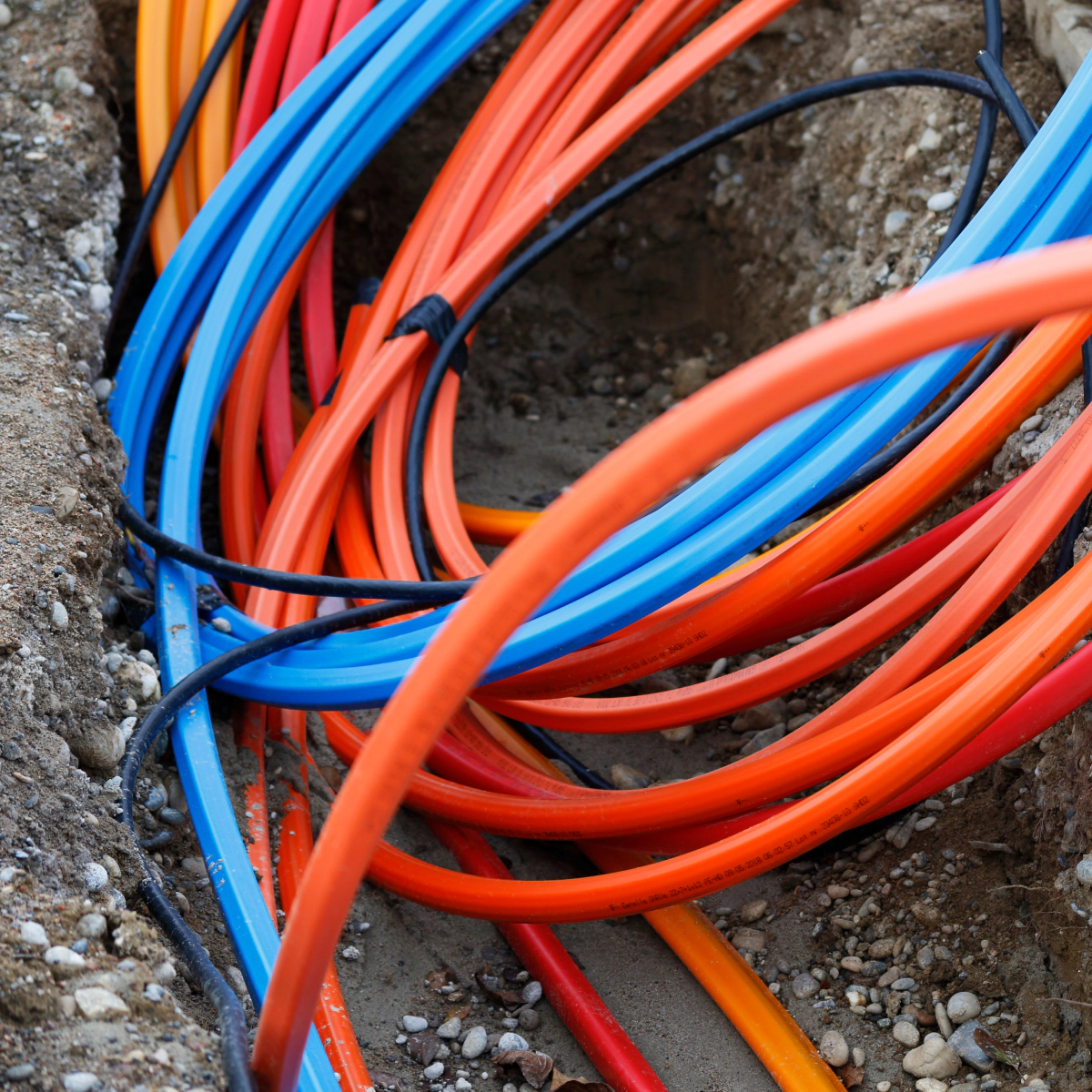fiber
internet
is coming
We’re investing in your community and upgrading your area to our ultrafast fiber network. Learn more about the process below.











